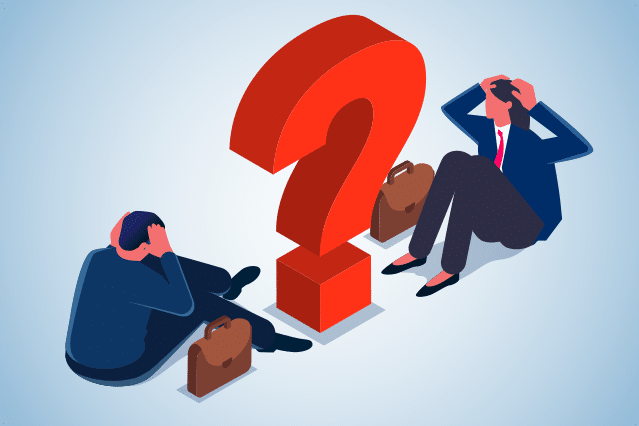Ever found yourself staring at a menu and feeling like you might cry? Or putting off something as simple as choosing what shirt to wear? If you live with depression, this might be a daily struggle.
Decision fatigue is not just being “bad at decisions.” It is the mental exhaustion that sets in when even simple choices feel like monumental tasks. For people with depression, this challenge is magnified, leaving them frozen, frustrated, or overwhelmed.
The Science Behind It
Your brain is wired to make thousands of decisions every day, big and small. Normally, it uses efficient shortcuts to simplify choices. But when you are battling depression, those shortcuts break down.
Depression disrupts the brain’s reward system. The motivation center goes quiet, making every choice seem equally dull or pointless. Add to that a tendency toward rumination, where thoughts loop endlessly, and you get paralysis instead of progress.
Another factor is reduced cognitive energy. Depression drains mental resources, so your brain tires faster. Imagine trying to run a marathon without food or sleep. That is how your brain feels when forced to decide something in the middle of a depressive episode.
Why It Feels So Heavy
It is not just the act of choosing. It is the weight of the consequences that depression convinces you are monumental.
People with depression often fear making the “wrong” choice and catastrophize possible outcomes. Even deciding what to eat might spiral into worries about health, money, or self-worth.
Choices that once felt automatic now require exhaustive analysis. This cycle deepens the fatigue and fuels avoidance, which then worsens depression.
Breaking the Cycle
The good news is you do not have to stay stuck in decision fatigue. Small, compassionate shifts in your daily approach can help.
Limit Your Options
Too many choices can be overwhelming. Simplify your life by reducing decisions where you can.
- Meal plan in advance.
- Lay out clothes the night before.
- Rotate simple, predictable meals or routines.
Fewer choices mean less energy spent deciding.
Use “Good Enough” Thinking
Perfectionism often drives decision paralysis. Practice choosing what is “good enough” instead of perfect.
Remind yourself that most daily decisions are low-stakes. It is okay to pick the quicker, easier option and move on.
Rely on Routines
Routines automate choices so your brain does not have to work as hard.
- Wake up and bedtime rituals
- Standard work or study blocks
- Built-in relaxation time
The more your day runs on rails, the fewer micro-decisions drain you.
Write It Down
Journaling or making lists can help un-jumble thoughts. Seeing your options on paper makes them more manageable.
Even listing pros and cons can bring clarity to bigger decisions without spiraling.
Ask for Help
You do not have to carry every choice alone. Lean on friends, family, or therapists.
Saying “I’m struggling to choose” is not a weakness. It is honesty. Others can offer perspective or share the burden of decision-making.
Giving Yourself Permission to Pause
It is okay if you cannot decide right now. Giving yourself permission to rest instead of forcing a choice can be a relief.
Depression tells you you are lazy or incapable of needing breaks. The truth is your brain is working overtime just to function. Pausing is not failing. It is caring for yourself.
Embracing Compassionate Change
Decision fatigue with depression is real. It is not about willpower or laziness. It is a brain running on empty, trying to keep you safe.
By understanding why decisions feel impossible and adopting gentle strategies to simplify them, you can reclaim small victories. These moments of ease and clarity add up, helping you move through the fog of depression one choice at a time.
If you find yourself stuck in cycles of avoidance or overwhelm, consider reaching out for professional support. No one needs to navigate this alone. You deserve help, hope, and the freedom to choose your own path forward.



